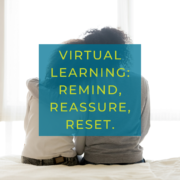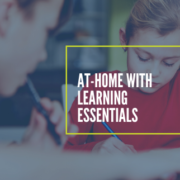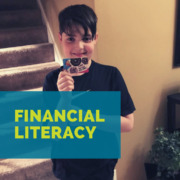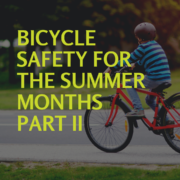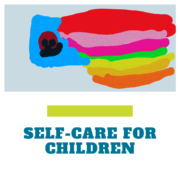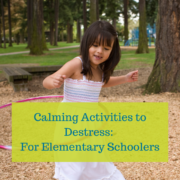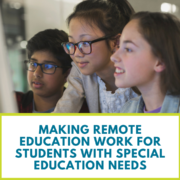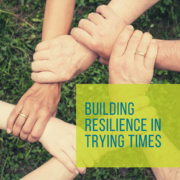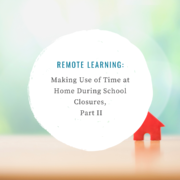Virtual Learning: Remind, Reassure, Reset
The struggle is real for kids right now, regardless of how academically inclined they have felt in past school years. Learning is hard. Full stop. However, virtual learning has its own learning curve in addition to the actual learning going on right now! Is your head spinning yet? Yeah, theirs are, too. Social media is helping to shed light on the issues that virtual learning is causing in homes across the country, with numerous videos demonstrating just how emotionally taxing this “new normal” has become.
However, kids need to know that this isn’t normal. Elementary-aged kids sitting in front of computer screens all day isn’t normal. Missing “school” due to connectivity issues isn’t normal. Clicking a button to virtually raise your hand icon isn’t normal. Having to rejoin class 10+ times each day because of platform glitches isn’t normal. Most importantly, NONE of this is their fault. Yet, utterly frustrated sobbing children are becoming more and more defeated every day. What’s a parent to do? Remind, reassure, and reset.
- Remind your child that many, many aspects of virtual learning will be inherently beyond their control. These little beings are not tech wizards, and they shouldn’t be made to feel incompetent because of this.
- Remind your child that error messages, blank downloads, broken links, etc., are not their responsibility as young learners.
- Remind your child that every other student is also struggling. Their peers may be more comfortable with certain aspects of virtual learning; it may come more naturally to others. However, no one is innately equipped to thrive in this virtual world—it takes time.
- Remind your child that the teachers are new to this, too. Their teachers would love to be back in the classroom interacting and exploring with them. They, too, are frustrated with the technology and expectations put on them.
- Reassure your child that it will not always be like this—learning will return to normal. They will rejoin the brick and mortar classrooms and have a greater appreciation for in-person schooling like never before!
- Reassure them that their teachers are on their side—that they are always rooting for student success and trying to shoulder the technology burdens whenever possible.
- Reassure children that all of these challenges, while insanely frustrating, are helping them to become resilient. That with each unique difficulty, they’re learning patience, problem solving skills, grit/determination, creativity, and responsibility.
- Reset the vibe in the room when things get emotional. IT IS OKAY (and necessary) to take a break and step away from the screen! Help your child reset when emotions run high:
- Close the computer
- Eat a snack
- Run around the block
- Jump on the trampoline (even a mini trampoline inside)
- Juggle the soccer ball
- Color in a coloring book
- Snuggle with the family pet
- Stretch on the floor
- Blast some music for an out-of-control dance party—whatever you need to do to encourage a “mindset reset” when the tears start flowing.
- Reset the negative self-talk. If you hear your child verbally beating herself up over her perceived shortcomings with virtual learning—don’t let it go unnoticed. Help her reset by reminding her of all of her strengths and talents. Tell her explicitly that any new difficulty or misstep does not negate these strengths and prior successes.
